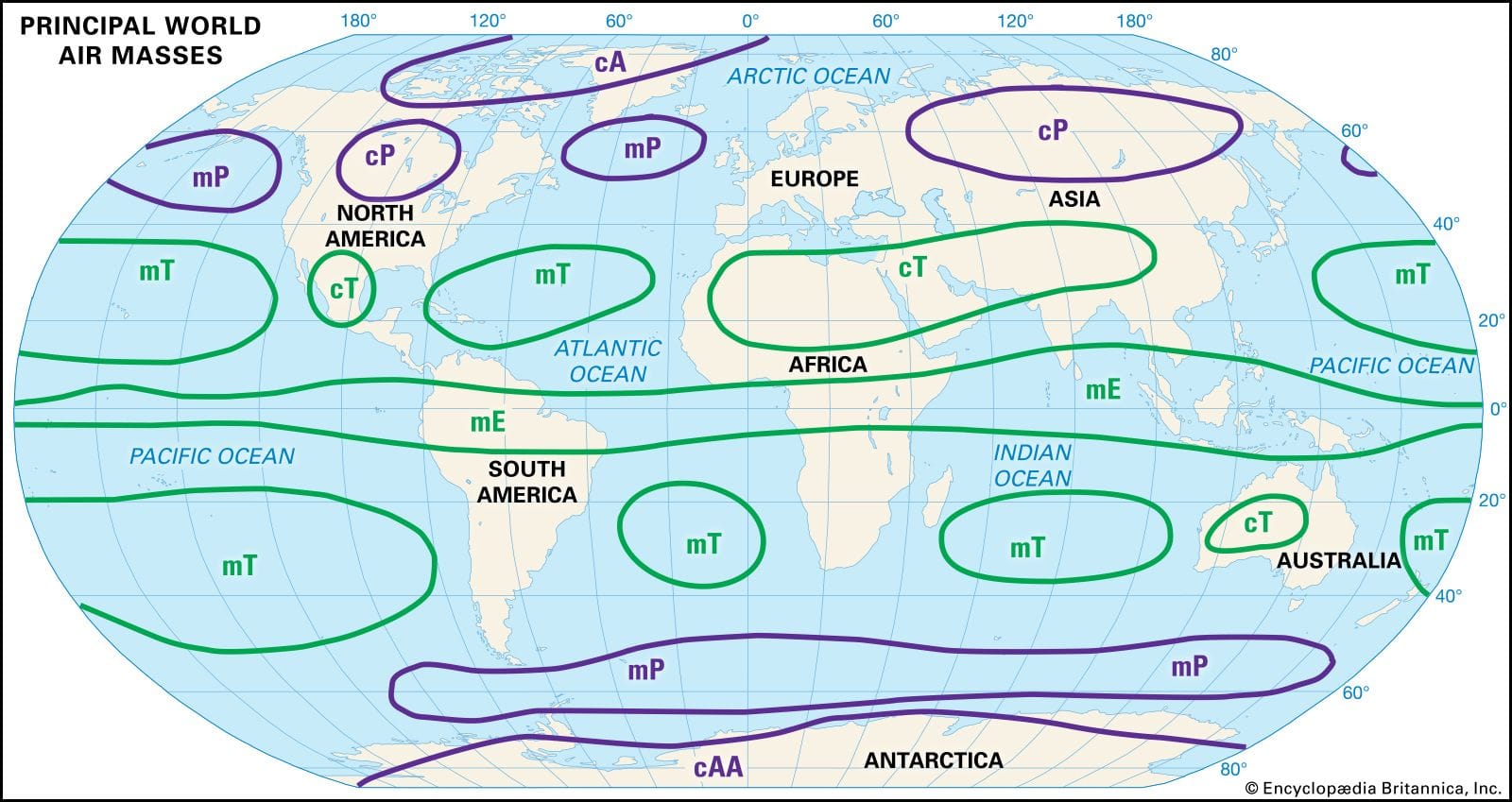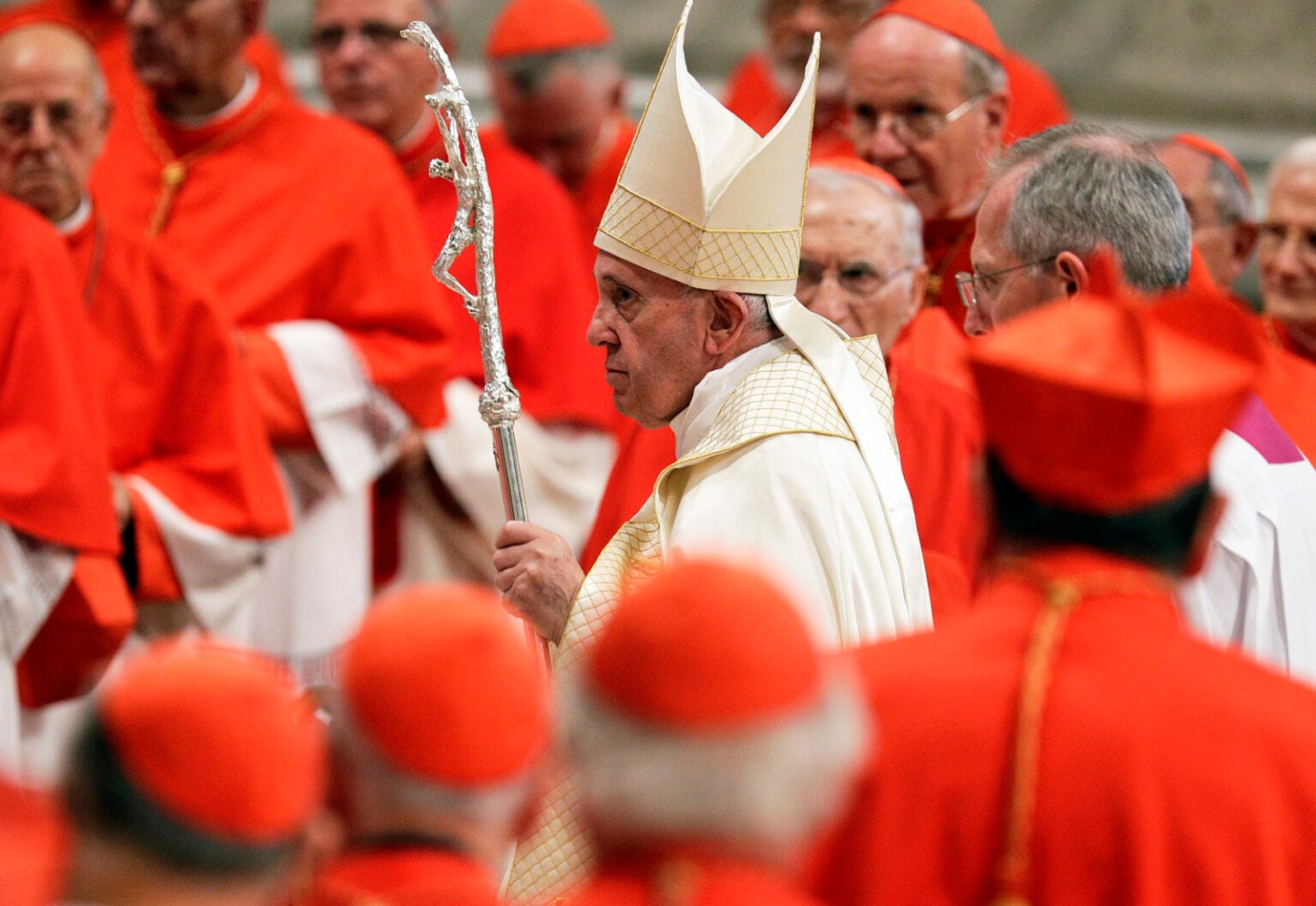The polar vortex, a significant atmospheric phenomenon, is poised to impact the weather across the United States in the upcoming days. This event is characterized by a large area of low pressure that typically forms over the Arctic region, leading to the displacement of cold air masses that can plunge southward into lower latitudes. As a result, many areas in the U.S. are bracing for a sharp drop in temperatures, with some regions expected to experience record lows.
Meteorologists have been closely monitoring the polar vortex’s trajectory, as its influence can extend over vast distances. The current forecast indicates that the vortex will push cold Arctic air into the central and eastern parts of the country. This influx of frigid air can cause temperatures to plummet significantly, with some areas experiencing lows well below freezing. For instance, parts of the Midwest and Northeast may see temperatures dip into the single digits or even lower, creating hazardous conditions for residents.
The effects of the polar vortex are not limited to temperature drops; they can also lead to increased precipitation in the form of snow. As the cold air mass interacts with moisture-laden systems moving across the country, the potential for winter storms increases. Forecasters are warning that some regions may face heavy snowfall, leading to difficult travel conditions and potential disruptions to daily life. Residents are encouraged to stay informed about weather updates and prepare for the possibility of severe winter weather.
In addition to the immediate impacts on temperature and snowfall, the polar vortex can have broader implications for energy consumption. As temperatures drop, the demand for heating increases, which can strain energy resources. Utilities may see a surge in usage as households and businesses turn up their heating systems to combat the cold. This surge can lead to increased energy prices, particularly in areas that rely heavily on natural gas or electricity for heating.
Public safety is also a concern during polar vortex events. The extreme cold can pose serious health risks, especially for vulnerable populations such as the elderly, young children, and those with preexisting health conditions. Frostbite and hypothermia are real dangers when temperatures drop significantly, and residents are urged to take precautions when venturing outdoors. Dressing in layers, covering exposed skin, and limiting time spent outside are essential measures to ensure safety during such extreme weather conditions.
Local governments and emergency services are preparing for the potential challenges posed by the polar vortex. Many areas are implementing winter weather preparedness plans, which may include opening warming centers for those without adequate heating and ensuring that snow removal equipment is ready to respond to heavy snowfall. Communities are encouraged to check on their neighbors, particularly those who may be more susceptible to the cold, to ensure everyone remains safe and warm.
As the polar vortex descends upon the United States, it serves as a reminder of the complexities of our planet’s climate systems. While such events are a natural part of seasonal weather patterns, they can still have significant impacts on daily life. Individuals are advised to stay informed through local weather reports and heed any warnings or advisories issued by meteorological agencies.
In conclusion, the polar vortex is set to bring a wave of freezing temperatures and potentially hazardous winter weather to the United States. With careful preparation and awareness of the risks involved, residents can navigate the challenges posed by this extreme weather event. As the cold air mass moves southward, it is crucial to prioritize safety and stay updated on the latest forecasts to mitigate the impacts of this significant atmospheric phenomenon.


